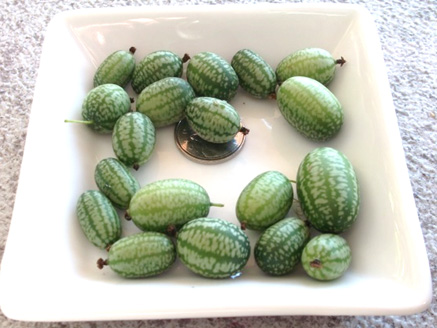By Cody Cruise
Luckily, there are only a few important pests that medical marijuana growers face, but they’re tough ones: powdery mildew (PM) and spider mites. To a lesser extent, there are also fungus gnats, thrips and root diseases (Phytophthora, Pythium). In this article I will touch only on PM and spider mites, and there is a fine balance between controlling the two.
Powdery mildew

Powdery mildew develops when humidity levels exceed approximately 55%, along with warm temperatures and over-crowding of plants. The spores of PM can arrive via wind, through ventilation systems, clothing, pets and a host of other methods (the same can be said for spider mites).
PM can greatly decrease the photosynthesis of the crop, affecting both growth and yield.
The main preventative control is cultural control; giving the plants some space and providing good, strong air movement. You want to see leaves moving in the crop. Incidentally, this also helps create a stronger plant. Watering should be done early during the lighting phase; this gives the soil and leaves time to dry out before the lights go off. Installing a UV light in the intake system can help keep errant spores from infecting the plants.
Unfortunately at this time, there are not many fungicides registered for PM control. This, in part, stems from the Federal Government’s lack of foresight when they decided to regulate medical marijuana. Another aspect is the cost to bring a product to market; many manufacturers don’t see the value in spending enormous amounts of money for just one crop. Even a minor label expansion is pricey and takes time.
Spider mites

Spider mites are in the same family as spiders—arachnids. They are not insects. They’re difficult to spot and usually reside on the undersides of leaves. Typically, they are not discovered until you already have a problem. Prevention is the key here. Spider mites prefer warm, dry conditions (humidity below ~50%). See the problem connection between PM and spider mites (hint: humidity)? Damned if you do, damned if you don’t! The key indicator of a mite problem will be yellow spotting on the leaves. It starts with just a few, almost un-noticeable spots, but can very quickly spread because of the mite’s life-cycle. The egg to mature adult cycle can be completed in about five days, with each adult female producing hundreds of eggs in her lifetime. I’ll let you do the math.
Cultural control is the opposite of what you’d do to control PM; raising the humidity slows the reproductive process of spider mites, but it’s not usually enough for control. I can’t make any recommendations for chemical control other than to say there are a few insecticidal soaps registered for use on medical marijuana.
One other option that some growers are using: predatory mites. Phytoseiulus persimilis and Neoseiulus californicus. Persimilis feeds strictly on two-spotted mites, are blind and will die off once the pest population is gone. Californicus, on the other hand, can survive longer in the absence of prey. It is a good idea to use the two in combination and do weekly or bi-weekly introductions through the complete growing cycle.
Bottom line: know your crop, know the pests of your crop, and do your research. Like I always say: “Google it”. There is a wealth of information on the internet that offers many different options for spider mite and powdery mildew control.











